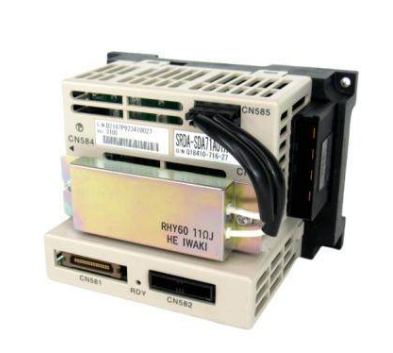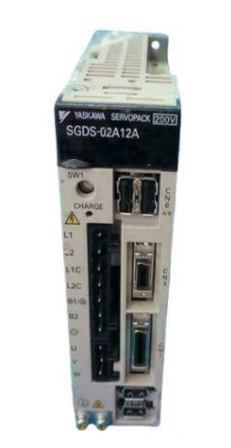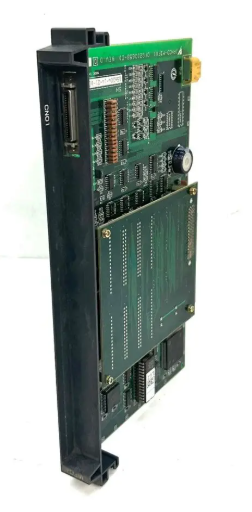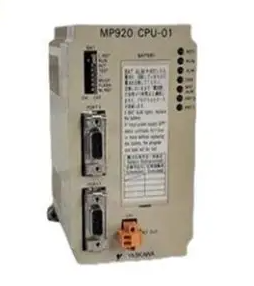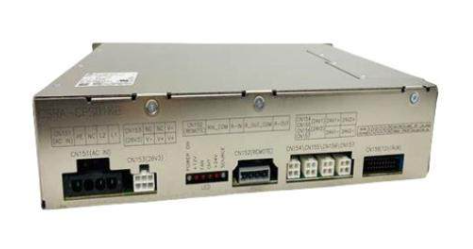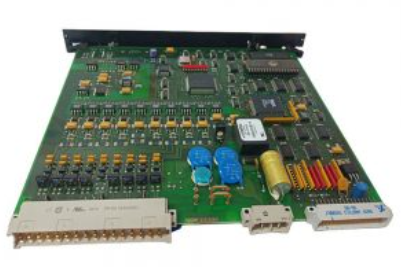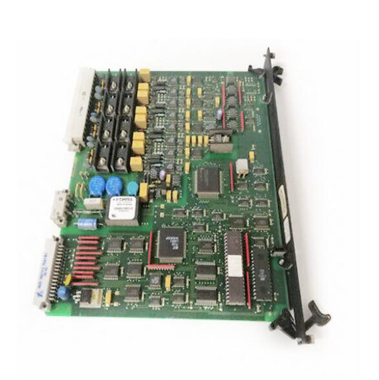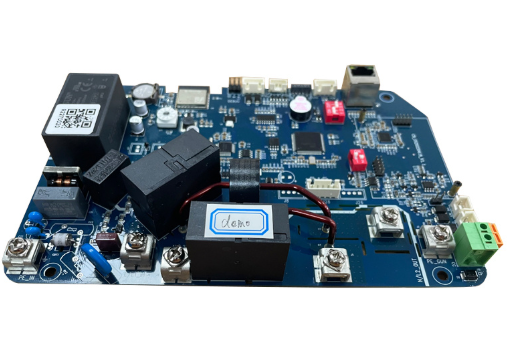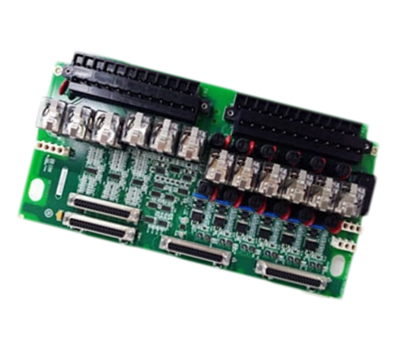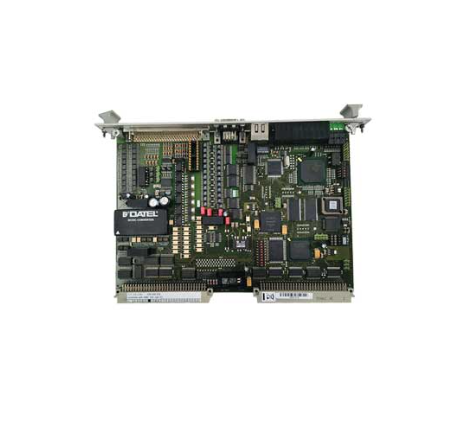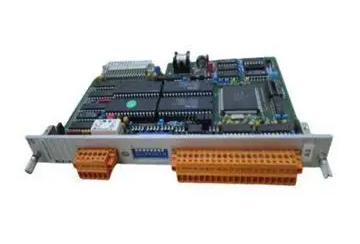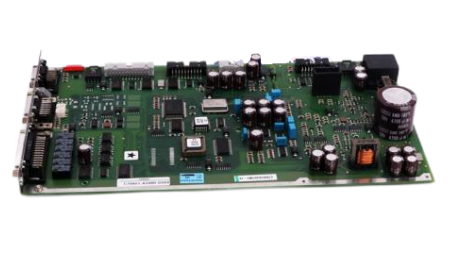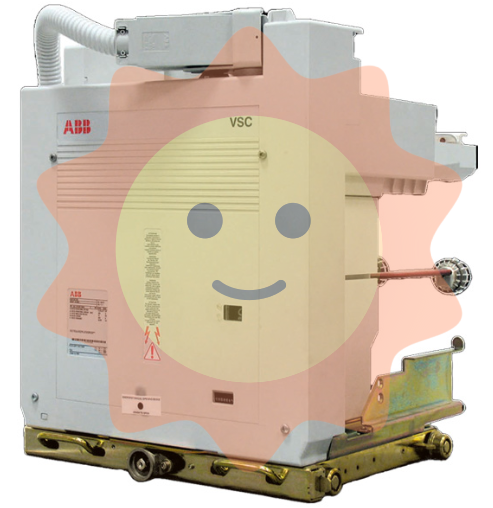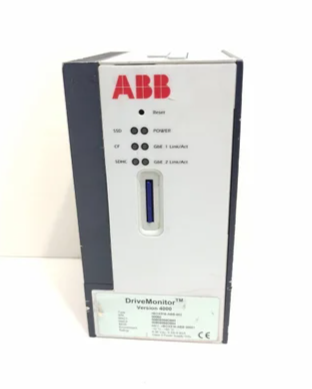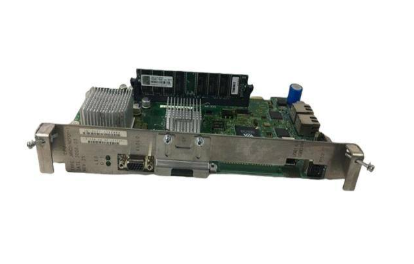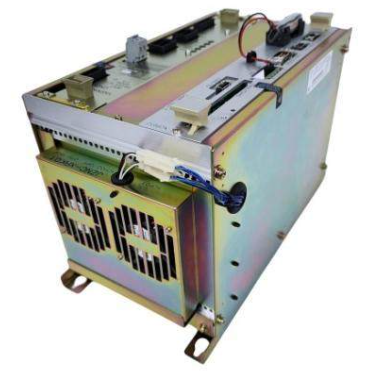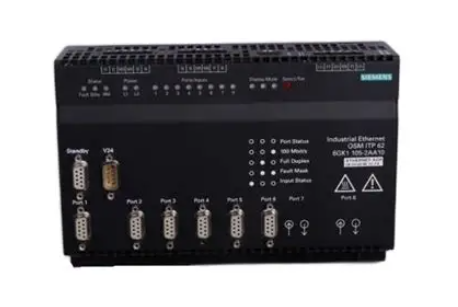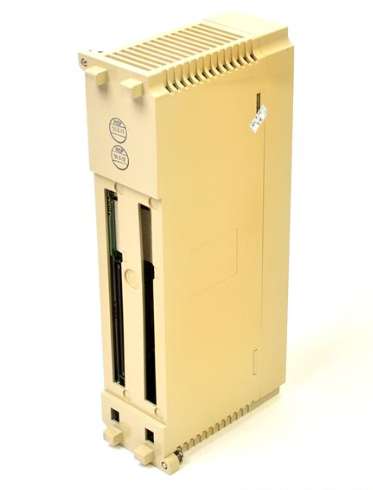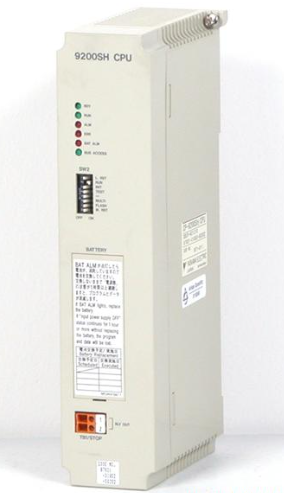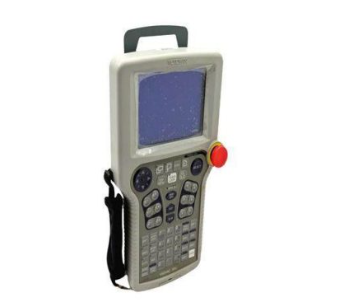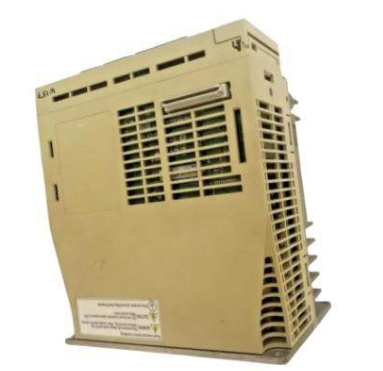AB 1746-BTM Drum Temperature Control Module
AB 1746-BTM Drum Temperature Control Module
IMPORTANT NOTICE AND SAFETY NOTE: When using the 1746-BTM Module, it is the user's responsibility to ensure that the application and use meet all performance and safety requirements, including applicable laws, regulations, and standards. The examples in this document are for reference only, and Allen-Bradley assumes no responsibility for actual use based on these examples. Also, the manual uses ‘ATTENTION’ to identify information that could result in personal injury, property damage, or economic loss, and ‘IMPORTANT’ to identify information that is critical to the application and understanding of the product.
Basic information about the module
Functional use: Dedicated to barrel temperature control for injection moulding or extrusion machines, it is an intelligent I/O module that provides up to 4 PID circuits for temperature control. With 4 analogue thermocouple (TC) inputs, each analogue input is used as a process variable (PV) in the PID loop, executing the PID algorithm and Tuning Assist Process (TAP) algorithm within the module.
System Compatibility: Compatible with SLC processors that support M0/M1 files (e.g. SLC 5/05, SLC 5/04, etc.) and can be used with a wide range of I/O chassis such as the 1746 - A4, - A7, etc., but will not operate in remote chassis. Bi-directional data transfer between the module and the processor is via input and output image tables, and M-files are required for configuration and calibration.
Installation and Wiring
Installation Procedure: Take care to avoid static damage during installation, such as touching a grounded object before touching the module, wearing an anti-static wrist strap, and so on. When calculating the power demand, you need to add the power demand value of the module with other modules to prevent the chassis power overload. The module should be installed in any I/O slot except the first slot (reserved for the processor). Insert and fix the module by aligning it with the slot when installing and press the release button when removing the module.
Wiring Points: Disconnect power before wiring, the module's 18-position removable terminal block has a specific pinout, and the Cold Junction Compensation (CJC) thermistor must not be removed or loosened. When wiring, keep thermocouples and millivolt signal wires away from power and load wires, use proper shielding and grounding, shorten unshielded wire lengths, and tighten terminal screws.
Module Configuration: Configure the module by setting words and bits in the configuration block (N10:0 - 100), with corresponding settings for each loop. Loop operation mode (e.g., monitor, PID control, disable, etc.), thermocouple type (J or K type) can be selected, and the alarm function, TC disconnect response method, and self-tuning gain level can be set. You can also set parameters such as high and low CV limits, TC disconnect control values, standby setpoints, and temperature thresholds and dead zones for various types of alarms.
Setting self-tuning and gain value
Setting procedure: When starting up for the first time, it is necessary to write the self-tuning block or carry out the self-tuning operation. During the self-tuning process, the module measures the system parameters and calculates the PID gain. The gain value of the module can be set by sending the self-tuning block or PID gain block, and the PID algorithm of the module needs time to be adjusted after downloading.
Adjustment method: After the self-tuning is completed, you can make fine adjustment, first adjust the proportional gain, then consider the integral gain and differential gain. According to the response of the loop (e.g. overshooting or slow response), increase or decrease the corresponding gain value appropriately.
Control and self-tuning loop
Control operation: The control mode is determined by writing to the M1 configuration block for initial startup, and the operation mode can be changed later using the output image table. The different words and bits in the output image table are used for enabling/disabling the control loop, switching between auto/manual modes, selecting setpoints, enabling self-tuning, and so on.
Self-Tuning Conditions and Procedures: Self-tuning requires certain conditions to be met, such as starting at steady state temperature (preferably cold start), operating with a setpoint at least 50°F (28.7°C) above the current temperature, and a TPO cycle less than the system's dead time. The self-tuning process consists of setting the initial conditions, downloading the configuration file and self-tuning file, verifying the download, entering setpoints, starting self-tuning, and monitoring the progress of self-tuning.
Monitoring status data: The BTM module reports status data in the input image table. For data such as temperature values, 16-bit integers must be interpreted according to the implied decimal point rule. Status data includes current temperature, open circuit, under range, over range, etc. for each loop, as well as loop control, mode, set point, self-tuning complete and successful status.
Calibration Module: The module is calibrated after 6 months of initial operation and annually thereafter. Calibration is performed using a precision DC voltmeter and power supply in accordance with specific procedures, including removing thermocouple leads, shorting input terminals, applying calibration voltage, etc. The status of input and output words should be observed during calibration.
- EMERSON
- Honeywell
- CTI
- Rolls-Royce
- General Electric
- Woodward
- Yaskawa
- xYCOM
- Motorola
- Siemens
- Rockwell
- ABB
- B&R
- HIMA
- Construction site
- electricity
- Automobile market
- PLC
- DCS
- Motor drivers
- VSD
- Implications
- cement
- CO2
- CEM
- methane
- Artificial intelligence
- Titanic
- Solar energy
- Hydrogen fuel cell
- Hydrogen and fuel cells
- Hydrogen and oxygen fuel cells
- tyre
- Chemical fiber
- dynamo
- corpuscle
- Pulp and paper
- printing
- fossil
- FANUC
- Food and beverage
- Life science
- Sewage treatment
- Personal care
- electricity
- boats
- infrastructure
- Automobile industry
- metallurgy
- Nuclear power generation
- Geothermal power generation
- Water and wastewater
- Infrastructure construction
- Mine hazard
- steel
- papermaking
- Natural gas industry
- Infrastructure construction
- Power and energy
- Rubber and plastic
- Renewable energy
- pharmacy
- mining
- Plastic industry
- Schneider
- Kongsberg
- NI
- Wind energy
- International petroleum
- International new energy network
- gas
- WATLOW
- ProSoft
- SEW
- wind
- ADVANCED
- Reliance
- YOKOGAWA
- TRICONEX
- FOXBORO
- METSO
- MAN
- Advantest
- ADVANCED
- ALSTOM
- Control Wave
- AB
- AMAT
- STUDER
- KONGSBERG
- MOTOROLA
- DANAHER MOTION
- Bently
- Galil
- EATON
- MOLEX
- Triconex
- DEIF
- B&W
- ZYGO
- Aerotech
- DANFOSS
- KOLLMORGEN
- Beijer
- Endress+Hauser
- MOOG
- KB
- Moxa
- Rexroth
- YAMAHA
- Johnson
- Westinghouse
- WAGO
- TOSHIBA
- TEKTRONIX
- BENDER
- BMCM
- SMC


Email:wang@kongjiangauto.com

